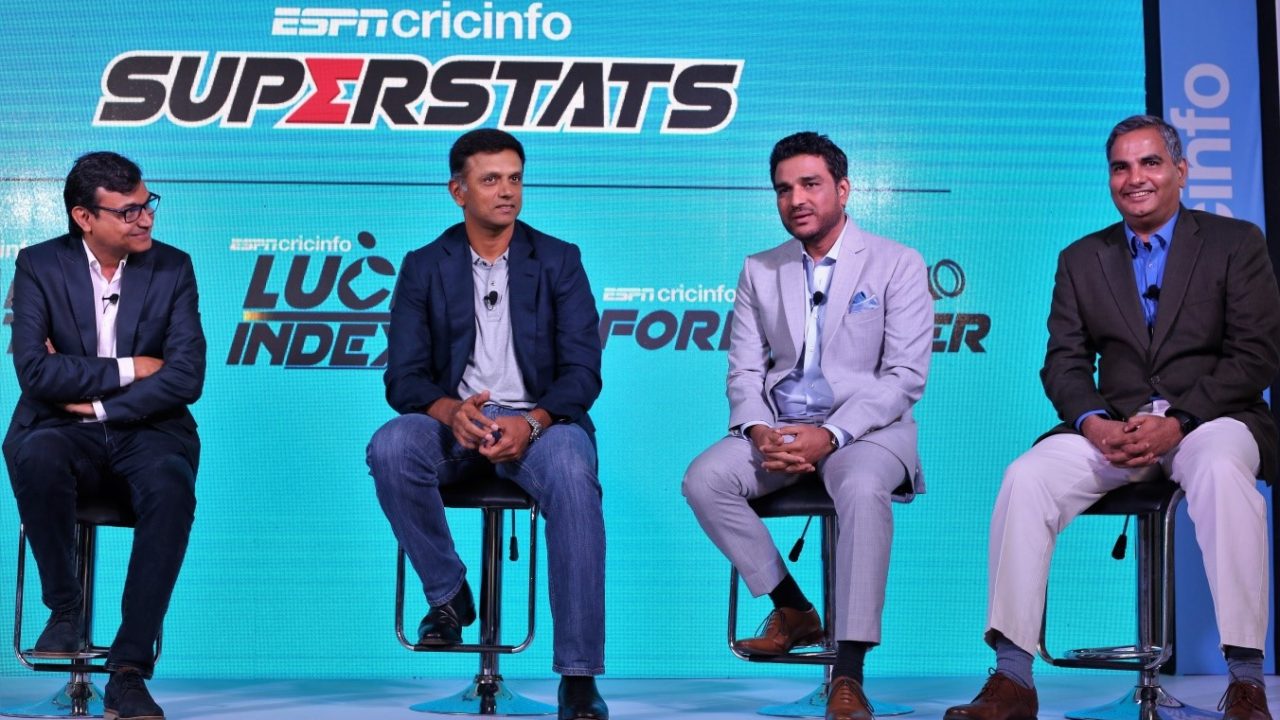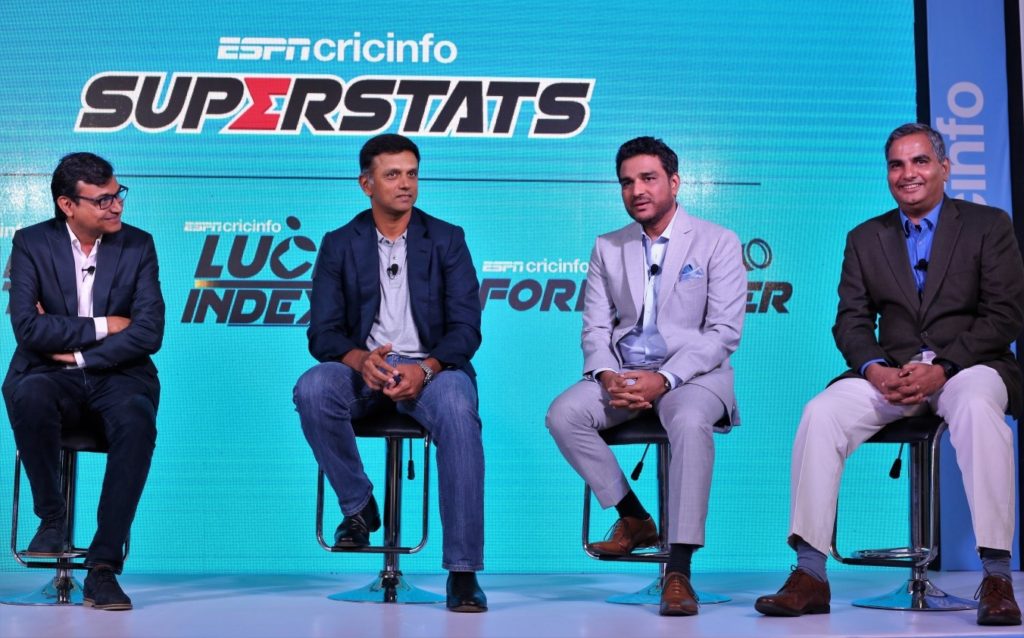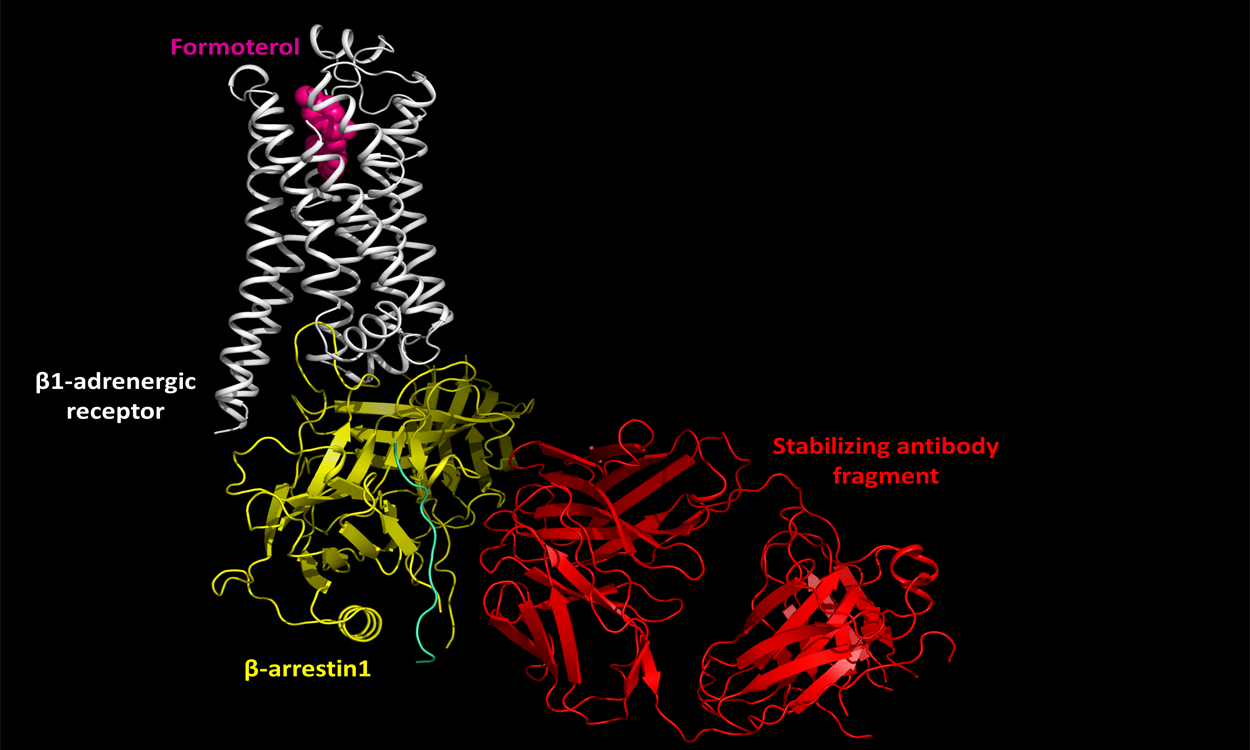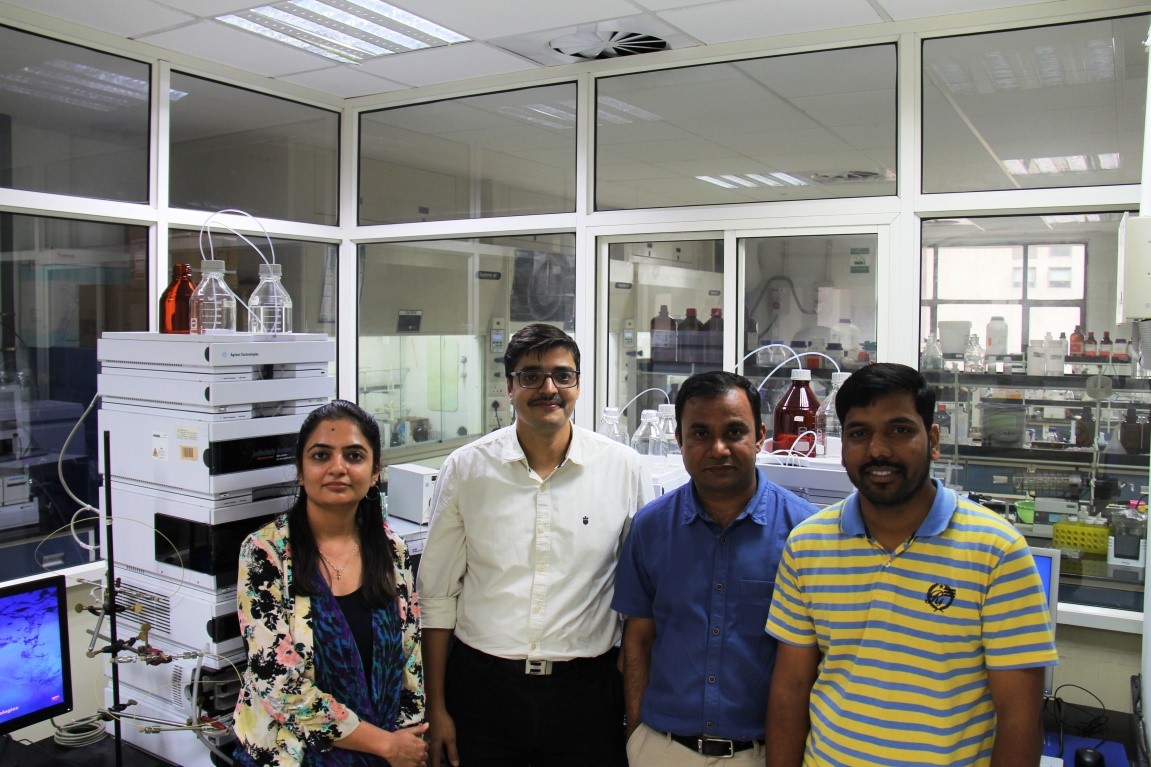
Watch This Season of IPL with A Dash of Data Science from IIT
- News
- 2.4K
The performance of players and match analysis of the upcoming season of Indian Premier League (IPL) will be based on new metrics that uses data science to analyze cricket. As cricket is evolving in different formats, methods of evaluating the game are also changing.

Researchers from Indian Institute of Technology Madras (IIT-M), Gyan Data (an IIT-M incubated company) and experts from ESPNcricinfo have launched Superstars – a new metrics to analyse the game of cricket. It is a combination of stats metrics – Luck Index, Forecaster and Smart Stats – based on data science to give a context to every event in a game and also venture into new territories such as luck and forecasting.
The new tools take into account score-cards, meaning ball by ball database of all IPL matches played in India in the last ten years. This helped researchers to develop an algorithm based on machine learning system. The algorithms process accurate, fast data, quantify the impact of luck and analyze the real value of a player’s performance in real-time. For viewers, this would be a new experience to watch cricket where match information, analysis and projection are backed with data science.
The data-based metrics go beyond conventional measurement systems like economy rate, strike rate and average. “We have combined big data, cricket intelligence, and also data science to produce a set of numbers that will help fans understand and appreciate the game better,” said Sambit Bal, Editor-in-chief, ESPNcricinfo and ESPN South Asia.
“The quantification of matches has happened for the first time ever. This will impact the game and give a much clearer picture of the ongoing game. With various other factors, we have included luck index too which earlier was spoken only in qualitative terms,” S Rajesh, Senior Editor Stats, ESPNcricinfo said while speaking to India Science Wire. He explained that luck index has an impact on the tournament and this way it would be easy to answer who is the luckiest player, luckiest team, head-to-head luck impact and so on.
Speaking at the launch of Superstats, Rahul Dravid, the former Indian captain, said, “luck played a huge role in my career in 2009. I was on the verge of being dropped and was given an extra opportunity in Mohali against England. I was batting at number 3 and Stuart Broad bounces me. It was a top edge and as soon as I hit it, I thought ‘oh god, I’m out again’. It just fell short of Matt Prior and the fine-leg fielder running in. I got a hundred in that game and went on to have a couple of good years, including three hundred in England.”
Prof Raghunathan Rengaswamy of IIT Madras, said, “the problem approaching mechanism was the same as we do in science. Here also we applied standard scientific principles. Based on the algorithms the strategies can be formulated for the matches to be played.” He added, “It was fascinating to see how we may apply abstract of some general scientific principles to solve the problems of different domains.”
By Jyoti Singh
If you liked this article, then please subscribe to our YouTube Channel for the latest Science & Tech news. You can also find us on Twitter & Facebook.


